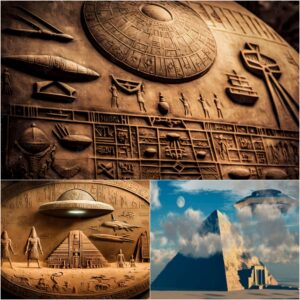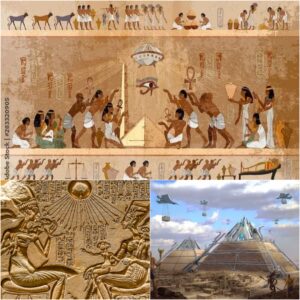The claim that ancient Egyptians were extraterrestrial beings, as suggested by an ancient painting, has stirred both intrigue and speculation in the fields of archaeology and extraterrestrial studies. This alleged revelation, originating from an ancient artwork, has fueled conspiracy theories, creating a mix of fascination and concern regarding the potential connection between one of the world’s oldest civilizations and beings from beyond our planet.
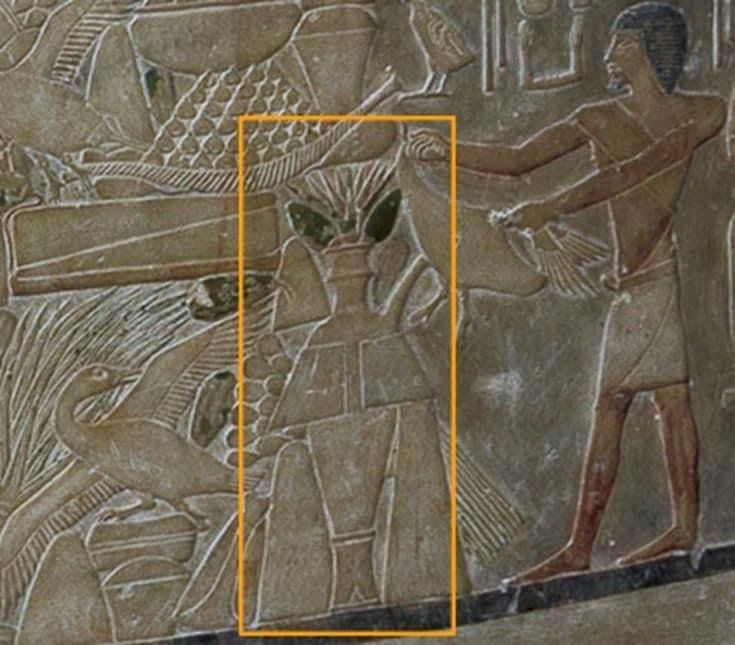
The mysterious ancient painting, surrounded by enigma, is being hailed as a catalyst for reevaluating the origins of the ancient Egyptians. Some claim that the artwork, concealed in the folds of time, depicts figures with distinctly non-human characteristics, leading to assertions that these depictions closely resemble the widely popularized imagery of extraterrestrial entities.
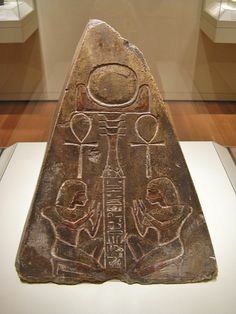
As this speculation has gained momentum, it has prompted a global discourse and, in certain circles, even generated panic about the potential implications of such a revelation. The notion that the ancient Egyptians might not solely be a result of terrestrial evolution but could have extraterrestrial roots challenges established narratives, opening avenues for numerous questions concerning the trajectory of human history and its potential connections with cosmic entities.

The purported ancient painting has not only become a focal point for advocates of ancient astronaut theories but has also sparked debates within scientific and archaeological communities. Skeptics argue that interpretations of ancient artwork can be subjective, influenced by cultural, symbolic, or religious contexts prevalent during their creation. They stress the importance of meticulous analysis and scholarly scrutiny before drawing conclusions that deviate from established historical perspectives.
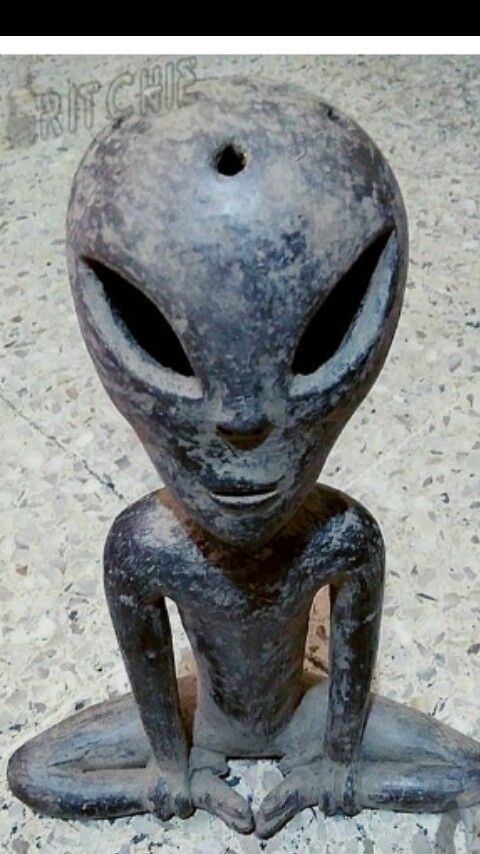
While conspiracy theories and claims of ancient alien connections are not new, the impact of the alleged ancient Egyptian painting has been noteworthy. It has led to a renewed interest in alternative historical narratives, blending elements of science fiction with historical speculation. The anxiety and fear associated with the idea that ancient Egyptians might have been aliens underscore the profound influence such narratives can have on popular imagination, even in the absence of concrete evidence.
As researchers and scholars navigate this unexplored territory, it remains crucial to approach these claims with a discerning eye, distinguishing between fact and fiction. The study of ancient civilizations should continue to be guided by rigorous archaeological methodologies and evidence-based interpretations. While the allure of mysteries and unconventional narratives captures human imagination, the pursuit of truth necessitates a balance between curiosity and scholarly rigor.
The proposition that ancient Egyptians were aliens, supposedly unveiled through an ancient painting, introduces an element of uncertainty and speculation into the study of human history. Whether seen as an intriguing revelation or an imaginative leap into the unknown, the alleged connection between ancient Egyptians and extraterrestrial beings continues to captivate minds, highlighting the delicate equilibrium between open-minded exploration and the necessity for grounded, evidence-based inquiry.




